Harish Parthasarathy | Category: PhysicsBook Details
ISBN: 9789386677808
YOP: 2019
Pages: 280
Order also on
This book is about several questions regarding how to describe the quantization of the current density in an antenna and about the nature of the quantum electromagnetic field produced by such a quantum current density. The second quantized current density can be built out of the Dirac field of electrons and positrons while the free electromagnetic or photon field is built out of solutions to the wave equation with coefficients being operators, namely the creation and annihilation operators of the photons. The Dirac field also consists of free waves whose coefficients are operator fields in momentum space, namely the creation and annihilation fields of electrons and positrons. After computing the electromagnetic field produced by a second quantized current, the problem of determining quantum fluctuations in these fields in a given state of the electrons and positrons is addressed. We also address many related problems like wave-guide and cavity resonator antennas in which the energy of the electromagnetic field within the waveguide or resonator cavity is expressed as a quadratic function of the coefficients of the eigenfunction expansions of the field and then by making the harmonic oscillator analogy, we quantize the conned em field. Problems involving the effect of quantum noise on a system are also studied. These problems enable us to consider for example, the antenna as an aggregate of atomic systems with bath noise
Introduction.
The set of problems to be discussed for a course in quantum antennas.
EM Lagrangian density.
Electric and magnetic fields in special relativity.
Canonical position and momentum fields in EM theory.
Identification of the matter field in EM field quantization in the Coulomb gauge.
The Dirac bracket for EM theory which is a constrained Lagrangian system.
Hamiltonian for the EM field.
Interaction Hamiltonian between current and EM potentials.
. The Boson commutation relations for the creation and annihilation operator fields for the EM field in momentum-spin domain.
The Coulomb gauge in which divA = 0 and A0 appears as a matter field.
Second quantized Dirac field.
Dirac equation in an EM field-approximate solution using perturbation theory.
Dirac current and electromagnetically perturbed Dirac current.
Effect of the gravitational field on photon trajectories.
Interaction between the gravitational field and the photon field.
Quantum description of the effect of gravitation on the photon propa- gator.
Dirac equation for electrons and positrons in a gravitational field.
Dirac equation in a gravitational field and a quantum white noise photon field described in the Hudson-Parthasarathy framework.
Dirac-Yang-Mills current density for non-Abelian gauge theories.
(a) The general theory of Dirac brackets for constrained Lagrangian and Hamiltonian problems.
(b) Harish-Chandra’s discrete series representations of SL(2, R) for image
pattern recognition under Lorentz transformations in the xz plane.
Estimating the shape of an antenna surface from the scaterred EM field when an incident EM field induces a surface current density on the antenna.
(a) Surface current induced on an antenna surface by an incident quan- tum EM field.
(b) Moments of the induced surface current when the incident field is in a coherent state or in a superposition of coherent states.
(c) Intrinsic Dirac current in an antenna from the electron-positron field.
(d) Total far field quantum EM field produced by induced surface current (bosonic part) by an external incident quantum EM field described in terms of photon creation and annihilation operator fields in the momentum domain and an intrinsic Dirac current in terms of electron-positron creation and annihilation operator fields.
Summary of the second quantized Dirac field theory.
Electron propagator computation by solving a matrix pde.
Quantum mechanical tunneling of a Dirac particle through the critical radius of a black hole.
Super-symmetric current in an antenna comprising superposition of elementary particles.
This book is about several questions regarding how to describe the quantization of the current density in an antenna and about the nature of the quantum electromagnetic field produced by such a quantum current density. The second quantized current density can be built out of the Dirac field of electrons and positrons while the free electromagnetic or photon field is built out of solutions to the wave equation with coefficients being operators, namely the creation and annihilation operators of the photons. The Dirac field also consists of free waves whose coefficients are operator fields in momentum space, namely the creation and annihilation fields of electrons and positrons. After computing the electromagnetic field produced by a second quantized current, the problem of determining quantum fluctuations in these fields in a given state of the electrons and positrons is addressed. We also address many related problems like wave-guide and cavity resonator antennas in which the energy of the electromagnetic field within the waveguide or resonator cavity is expressed as a quadratic function of the coefficients of the eigenfunction expansions of the field and then by making the harmonic oscillator analogy, we quantize the conned em field. Problems involving the effect of quantum noise on a system are also studied. These problems enable us to consider for example, the antenna as an aggregate of atomic systems with bath noise
Introduction.
The set of problems to be discussed for a course in quantum antennas.
EM Lagrangian density.
Electric and magnetic fields in special relativity.
Canonical position and momentum fields in EM theory.
Identification of the matter field in EM field quantization in the Coulomb gauge.
The Dirac bracket for EM theory which is a constrained Lagrangian system.
Hamiltonian for the EM field.
Interaction Hamiltonian between current and EM potentials.
. The Boson commutation relations for the creation and annihilation operator fields for the EM field in momentum-spin domain.
The Coulomb gauge in which divA = 0 and A0 appears as a matter field.
Second quantized Dirac field.
Dirac equation in an EM field-approximate solution using perturbation theory.
Dirac current and electromagnetically perturbed Dirac current.
Effect of the gravitational field on photon trajectories.
Interaction between the gravitational field and the photon field.
Quantum description of the effect of gravitation on the photon propa- gator.
Dirac equation for electrons and positrons in a gravitational field.
Dirac equation in a gravitational field and a quantum white noise photon field described in the Hudson-Parthasarathy framework.
Dirac-Yang-Mills current density for non-Abelian gauge theories.
(a) The general theory of Dirac brackets for constrained Lagrangian and Hamiltonian problems.
(b) Harish-Chandra’s discrete series representations of SL(2, R) for image
pattern recognition under Lorentz transformations in the xz plane.
Estimating the shape of an antenna surface from the scaterred EM field when an incident EM field induces a surface current density on the antenna.
(a) Surface current induced on an antenna surface by an incident quan- tum EM field.
(b) Moments of the induced surface current when the incident field is in a coherent state or in a superposition of coherent states.
(c) Intrinsic Dirac current in an antenna from the electron-positron field.
(d) Total far field quantum EM field produced by induced surface current (bosonic part) by an external incident quantum EM field described in terms of photon creation and annihilation operator fields in the momentum domain and an intrinsic Dirac current in terms of electron-positron creation and annihilation operator fields.
Summary of the second quantized Dirac field theory.
Electron propagator computation by solving a matrix pde.
Quantum mechanical tunneling of a Dirac particle through the critical radius of a black hole.
Super-symmetric current in an antenna comprising superposition of elementary particles.
| Weight | 0.43 kg |
|---|---|
| Dimensions | 23.5 × 15.5 × 1.7 cm |
| yop |
2019 |
| subject-category |
Physics |
| isbn |
9789388342315 |
| binding |
Hardback ,Paperback |


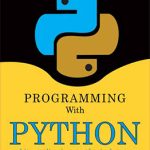

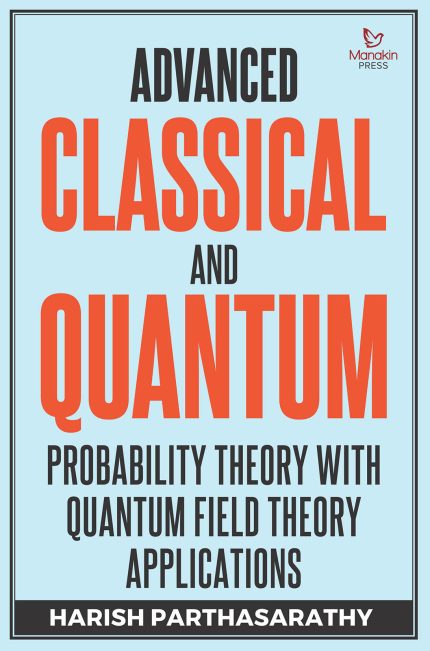
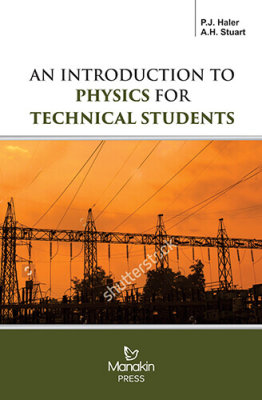
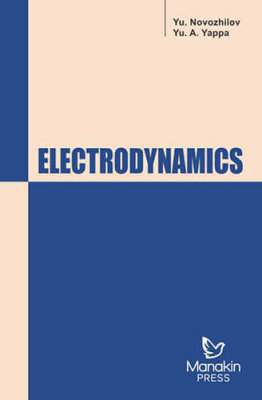
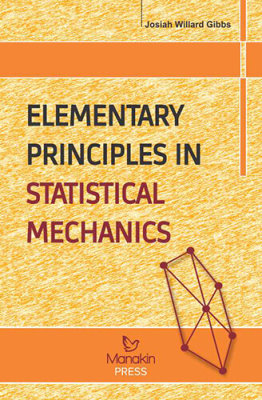
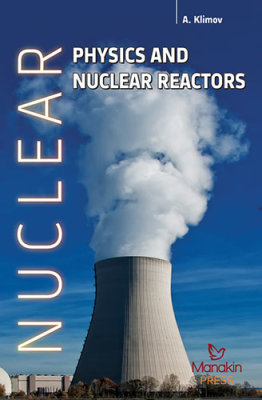
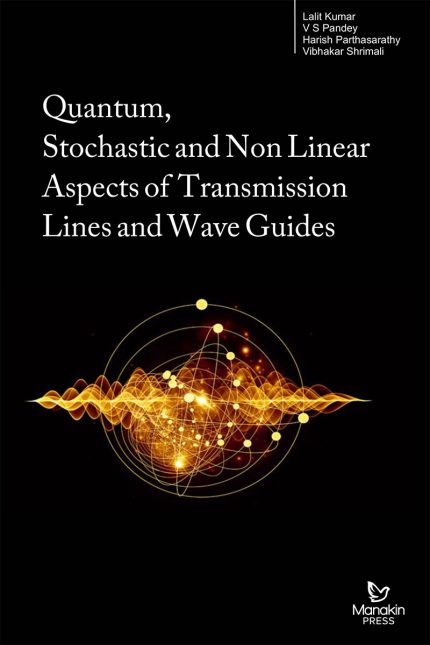

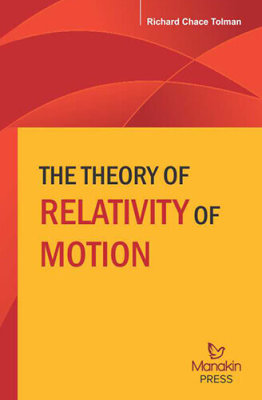
Reviews
There are no reviews yet.